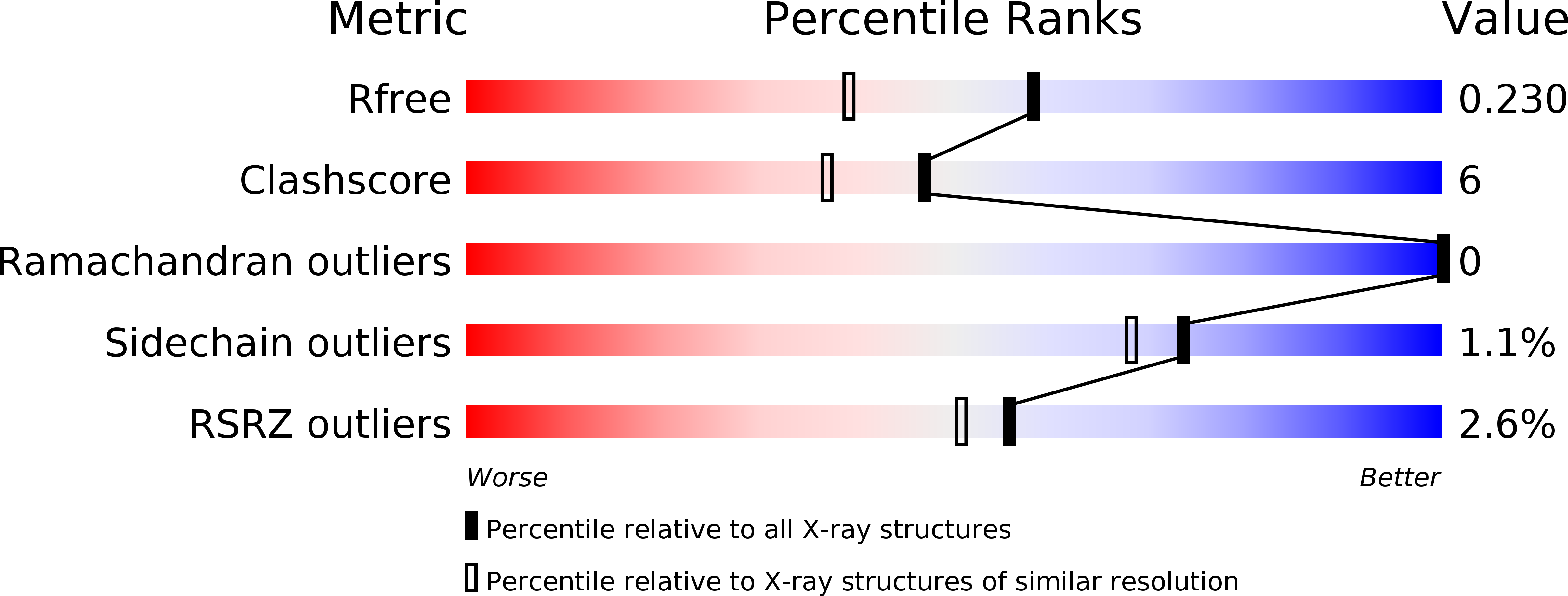
Deposition Date
2003-12-29
Release Date
2004-03-09
Last Version Date
2024-02-14
Entry Detail
PDB ID:
1RZY
Keywords:
Title:
Crystal structure of rabbit Hint complexed with N-ethylsulfamoyladenosine
Biological Source:
Source Organism:
Oryctolagus cuniculus (Taxon ID: 9986)
Host Organism:
Method Details:
Experimental Method:
Resolution:
1.80 Å
R-Value Free:
0.24
R-Value Work:
0.21
R-Value Observed:
0.21
Space Group:
P 43 21 2


